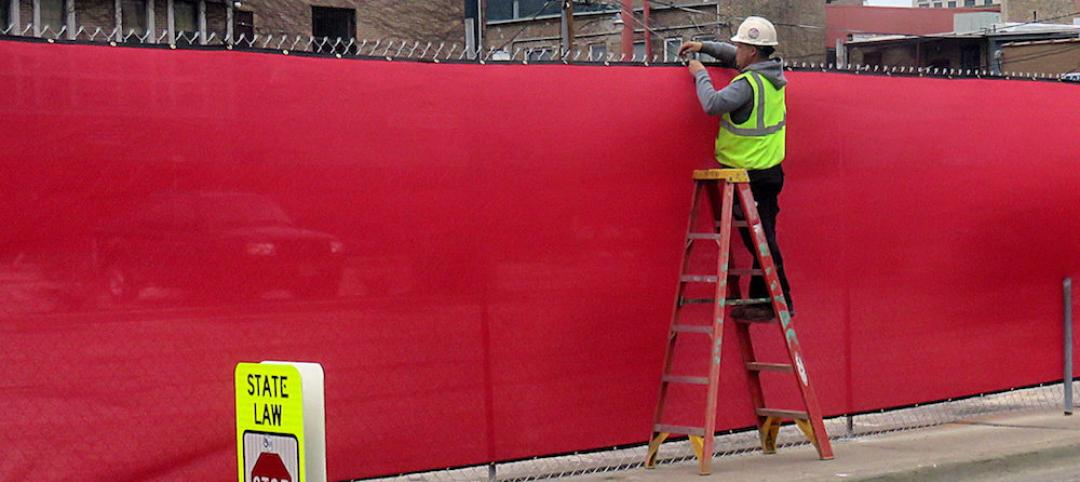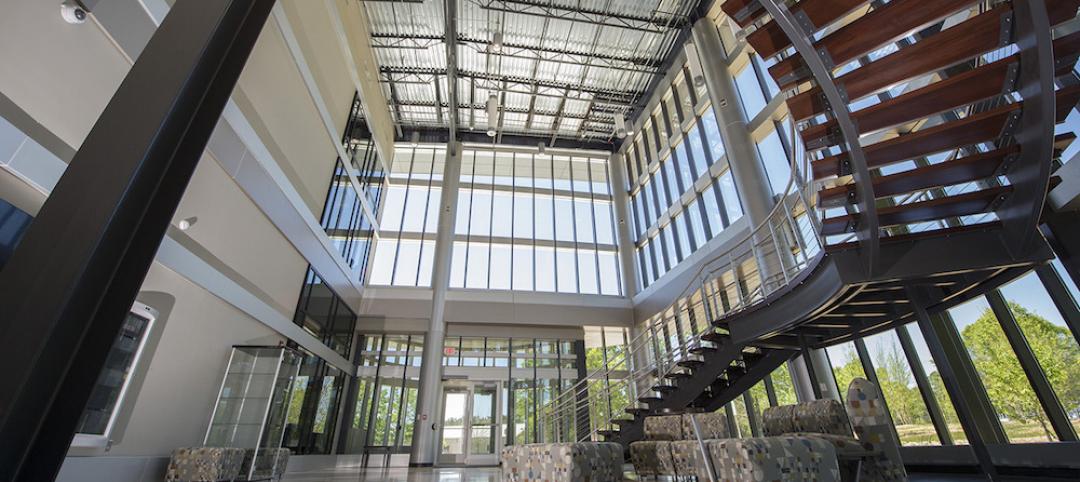National Ready Mixed Concrete Association (NRMCA) members have lowered their carbon footprint by 13% in five years, according to an association news release.
“The 13% reduction in carbon footprint is for 4,000 psi (pounds per square inch) concrete, the most frequently used concrete in the United States,” said James Bogdan, senior director, sustainability initiatives for NRMCA. “Carbon footprint reduction ranged from 8% for 2,500 psi concrete and 20% for 8,000 psi concrete.”
The reductions are mainly due to more efficient use of Portland cement, the primary binder used to make concrete. NRMCA’s performance-based specifications have helped eliminate prescriptive limits on concrete formulation such as minimum cement content and low water-to-cement ratio.
These limitations unnecessarily drive up cement content, the main contributor to carbon emissions, the release says. Some NRMCA members have lowered their carbon even more through innovation. For some applications and projects, concrete producers are incorporating technologies such as supplementary cementitious materials, low-carbon cements, and carbon capture to lower carbon footprint by 50% or more.
Related Stories
Energy | Jul 25, 2016
Michigan law provides local governments with flexible energy conservation financing
Allows cities to fund projects without adding debt.
Contractors | Jul 15, 2016
Trade unions, contractors call for maximum penalty in construction worker death case
‘Sick and tired’ of lawbreaking contractors defining public perception.
Multifamily Housing | Jul 14, 2016
Portland, Ore., City Council approves construction excise tax for affordable housing
Expected to raise $8 million annually on commercial and residential projects.
Drones | Jul 13, 2016
FAA issues final rule on commercial use of drones
The rule covers commercial uses for drones that weigh less than 55 pounds, and it takes effect Aug. 29.
Codes and Standards | Jul 12, 2016
OSHA raises maximum civil penalties by 78%
Applies to infractions that occurred after Nov. 2, 2015.
School Construction | Jul 11, 2016
Fight over school funding in Arizona headed to court
Legislature accused of ignoring 1994 ruling ordering state to pick up some of the costs.
Green Specifications | Jul 8, 2016
World Green Building Council sets goal of 100% net-zero buildings by 2050
All new buildings and major renovations to be net-zero by 2030.
Market Data | Jul 7, 2016
Airbnb alleged to worsen housing crunch in New York City
Allegedly removing thousands of housing units from market, driving up rents.
Urban Planning | Jul 7, 2016
Y Combinator project would build new city using new technology, urban policies
Zoning, property rights, building codes all could be re-imagined.
Green | Jul 6, 2016
U.S. healthcare system’s GHG emissions rise 30% in past decade
If U.S. healthcare were a country, it would rank 13th in GHG emissions.

















